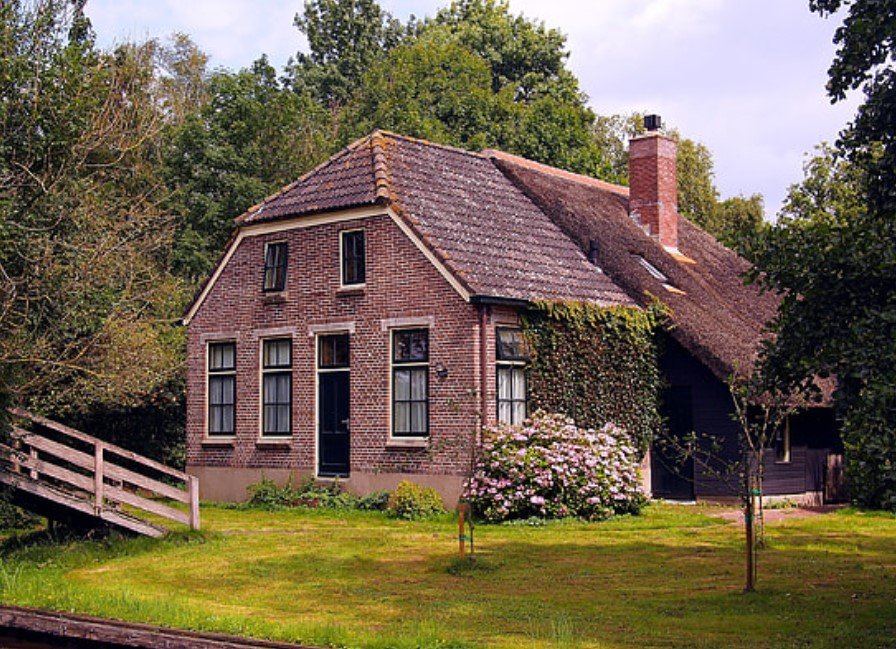The European Green Homes Directive, part of the EU Green Deal, aims to significantly reduce greenhouse gas emissions from buildings by improving energy efficiency. This directive mandates extensive renovations to bring buildings up to higher energy standards, posing both challenges and opportunities for Italy’s construction sector. With over 1.8 million buildings in need of retrofitting, the directive’s implementation will have far-reaching implications for the Italian construction industry, economy, and environment. This article explores these implications in detail.

Challenges for the Italian Construction Sector
The European Green Homes Directive presents significant challenges for Italy, given the country’s aged and diverse building stock. More than 60% of Italian buildings are classified in energy classes G and F, indicating poor energy efficiency. Retrofitting these buildings to meet the new standards will require substantial investments and technical expertise.
One of the primary challenges is the high cost of renovations. The Italian national building association ANCE estimates that upgrading residential buildings alone will cost around €400 billion over the next decade. This financial burden is compounded by the need to preserve the historical and architectural integrity of many buildings, which adds complexity to the renovation process.
Additionally, the directive’s ambitious timeline poses a logistical challenge. The goal is to double renovation rates by 2030, which requires a rapid scaling up of construction activities. This will necessitate a significant increase in skilled labor and resources, which may strain the existing capacity of the construction sector.
Economic and Environmental Impact
While the directive poses challenges, it also offers economic opportunities. The large-scale renovation projects required to meet the directive’s standards can stimulate economic growth and job creation in the construction sector. By investing in energy-efficient technologies and practices, Italy can enhance its competitiveness in the green economy.
The environmental benefits of the directive are substantial. Buildings are responsible for 40% of total energy use and nearly one-third of greenhouse gas emissions in the EU. By improving energy efficiency, the directive aims to reduce these emissions, contributing to the EU’s climate neutrality goals. In Italy, this could lead to significant reductions in energy consumption and carbon emissions, improving air quality and public health.
Moreover, the directive encourages the use of sustainable materials and technologies, which can drive innovation in the construction sector. This shift towards greener practices can help Italy transition to a more sustainable and resilient built environment, aligning with global sustainability goals.
Strategies for Successful Implementation
To successfully implement the European Green Homes Directive, Italy will need to adopt a multi-faceted approach. One key strategy is to leverage financial incentives and support mechanisms to offset the high costs of renovations. The government can provide grants, subsidies, and low-interest loans to encourage property owners to invest in energy-efficient upgrades.
Collaboration between public and private sectors is also crucial. By fostering partnerships with construction companies, financial institutions, and technology providers, Italy can mobilize the necessary resources and expertise to meet the directive’s requirements. Public awareness campaigns can educate property owners about the benefits of energy-efficient renovations and the available support mechanisms.
Additionally, integrating the directive’s goals with national energy and climate plans can enhance coherence and effectiveness. For example, aligning the renovation efforts with the Integrated National Energy and Climate Plan (PNIEC) can ensure a coordinated approach to achieving energy efficiency and climate targets.
Investing in workforce development is another critical strategy. Expanding training programs for construction workers and professionals can build the necessary skills and capacity to undertake large-scale renovations. By equipping the workforce with the latest knowledge and techniques, Italy can ensure high-quality and efficient implementation of the directive.
















